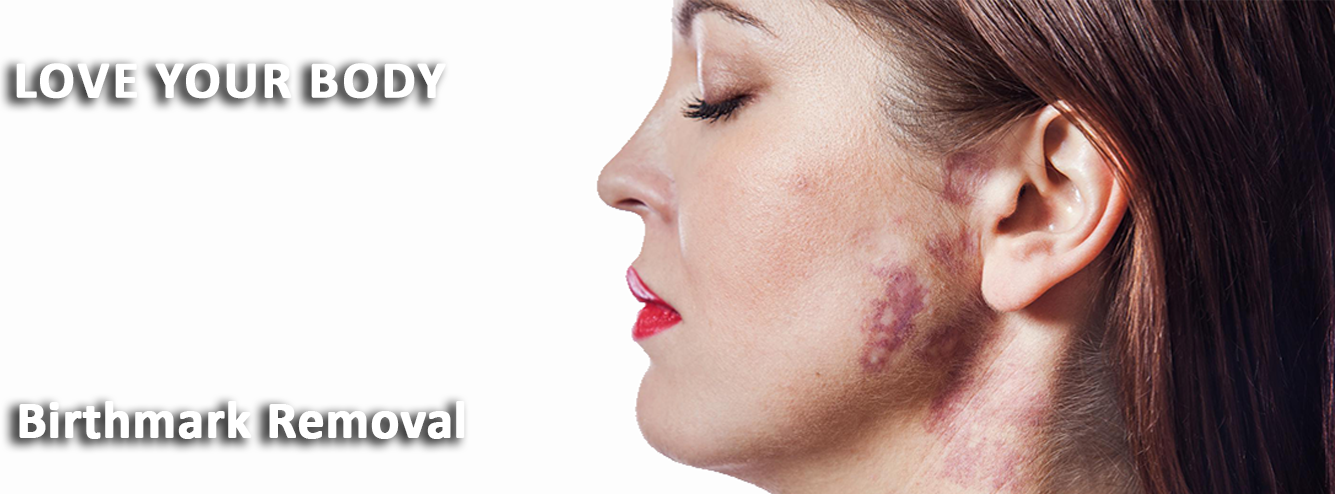

Whether it is sun spots, age spots, freckles, sun damage, or melasma-skin pigmentation is a common issue faced by most of us. While sometimes imperfections can be beautiful, you also cannot deny that if not appropriately addressed, those tiny brown spots adorning your cheeks or nose can become a real problem! You don’t need to hide them under heavy duty foundation. You can take steps to fade them away. You can use natural mehods, without resorting to laser treatment. Keep reading.
Any discoloration of the skin is known as pigmentation. This common problem – in which you develop darker patches or color on your skin – is completely harmless and faced by both men and women. It is caused by excess melanin, the pigment that gives you your natural skin tone. When this pigment forms a deposit in the skin, it causes pigmentation (or hyperpigmentation).
Age spots are the most common type of skin pigmentation issue and are a result of sun damage. They are often found in the areas frequently exposed to the sun.
Melasma or chloasma is yet another type of hyperpigmentation characterized by spots that are very similar to age spots but cover a larger area on the skin. These spots mostly appear due to hormonal changes. For instance, during pregnancy, the hormones may trigger overproduction of melanin and cause darkening of the skin.
Birthmarks are benign spots or growths present on the skin at or shortly after birth. They come in many shapes, sizes, and colors ranging from tan and pink to brown and dark red. Although birthmarks are usually harmless, individuals with marks on the face or other visible areas often feel self-conscious about their appearance.
While many myths exist about birthmarks, science is not sure exactly why these markings occur. Some birthmarks are categorized as vascular, which means they involve the blood vessels under the skin. Pigmented birthmarks are caused by deposits of excess melanin, the substance that gives skin its color. In most cases, birthmarks do not require medical treatment and often disappear during childhood. These are some of the most common types of birthmarks:

Sparsh Clinic offers effective laser removal of both vascular and pigmented birthmarks. For pigmented birthmarks, the laser penetrates the skin and changes the molecular structure of the melanin. This new substance is no longer recognized by the body, so the immune system breaks it down and removes it. The laser can precisely target the affected area, reducing discomfort by treating only the discolored skin.
For vascular birthmarks, the laser targets the hemoglobin within the blood vessels that make up the blemish. This causes the abnormal capillaries to collapse, reducing the size and appearance of the birthmark. Often, the vascular birthmark will turn dark brown before disappearing.